Re: Nagorno-Karabagh: Military Balance Between Armenia & Azerbaijan
Global Insight
May 25, 2012
Azerbaijan's Defence Spending Continues to Expand
by Lilit Gevorgyan
According to the state-controlled Azerbaijani APA news agency,
Azerbaijan's defence spending during the first quarter this year
amounted to 152.2 million Azerbaijani new manat (USD193.7 million), an
increase of 37.3% year-on-year (y/y). After expenditure on industry,
construction and economic activities, the defence spend was the third
largest slice of government spending, on a par with social security
expenditures. The Azerbaijani government has slated USD4.397 billion
for this year's defence spend, a significant increase compared with
USD3.1 billion in 2011. The government hopes that the massive increase
will help to revamp the army's capabilities, boost the military
complex--which produces 600 different products--and also help in the
protracted process of army modernisation reforms. The latest figures
confirm that the Azeri government remains on track in terms of
allocation of funds.
Azerbaijan's president, Ilham Aliyev, and his administration have made
no secret of the fact that the aim of the current rearmament is to
bring a military solution to the Nagorno-Karabakh conflict, which has
been frozen since 1994 when the Armenian-populated region--with the
help of Armenia--managed to reverse an Azeri army advance. With
international mediation, the parties to the conflict signed an
armistice, but no final agreement has been achieved over the final
status of the self-declared republic. Earlier this year, Bloomberg
quoted Aliyev as saying that his country's defence budget is larger
than the entire Armenian state budget, adding that "It's not a frozen
conflict, and it's not going to be one". However, international
mediators as well as Azerbaijan's staunchest ally and ethnic kin,
Turkey, have to date been clear in their opposition to any military
solution to the conflict.
Significance:In 2003, Azerbaijan's military budget was only USD175
million, with plans to spend USD4.3 billion on defence spending in
2012 representing a marked increase. Part of the spending is indeed
required to replace badly outdated Soviet-era equipment and build new
capabilities. The Azeri military have been working closely with
external specialists to carry out army reforms, which are badly needed
in order to break from Soviet-style military institutions. Spending
has been channeled towards strengthening domestic production
capabilities, which means that the international community will have
less leverage over Azerbaijan in case of a military conflict with
Armenia. A recently unveiled USD1.6-billion arms deal with Israel is
another sign of serious effort on the part of Azerbaijan to boost its
air defence and hardware capabilities. While the short-term risk of
war is low, the military buildup coupled with hostile rhetoric by the
Azeri leadership and active stoking of nationalistic sentiment
domestically, are strong signals that the possibility of war cannot be
ruled out in the long term.
Global Insight
May 25, 2012
Azerbaijan's Defence Spending Continues to Expand
by Lilit Gevorgyan
According to the state-controlled Azerbaijani APA news agency,
Azerbaijan's defence spending during the first quarter this year
amounted to 152.2 million Azerbaijani new manat (USD193.7 million), an
increase of 37.3% year-on-year (y/y). After expenditure on industry,
construction and economic activities, the defence spend was the third
largest slice of government spending, on a par with social security
expenditures. The Azerbaijani government has slated USD4.397 billion
for this year's defence spend, a significant increase compared with
USD3.1 billion in 2011. The government hopes that the massive increase
will help to revamp the army's capabilities, boost the military
complex--which produces 600 different products--and also help in the
protracted process of army modernisation reforms. The latest figures
confirm that the Azeri government remains on track in terms of
allocation of funds.
Azerbaijan's president, Ilham Aliyev, and his administration have made
no secret of the fact that the aim of the current rearmament is to
bring a military solution to the Nagorno-Karabakh conflict, which has
been frozen since 1994 when the Armenian-populated region--with the
help of Armenia--managed to reverse an Azeri army advance. With
international mediation, the parties to the conflict signed an
armistice, but no final agreement has been achieved over the final
status of the self-declared republic. Earlier this year, Bloomberg
quoted Aliyev as saying that his country's defence budget is larger
than the entire Armenian state budget, adding that "It's not a frozen
conflict, and it's not going to be one". However, international
mediators as well as Azerbaijan's staunchest ally and ethnic kin,
Turkey, have to date been clear in their opposition to any military
solution to the conflict.
Significance:In 2003, Azerbaijan's military budget was only USD175
million, with plans to spend USD4.3 billion on defence spending in
2012 representing a marked increase. Part of the spending is indeed
required to replace badly outdated Soviet-era equipment and build new
capabilities. The Azeri military have been working closely with
external specialists to carry out army reforms, which are badly needed
in order to break from Soviet-style military institutions. Spending
has been channeled towards strengthening domestic production
capabilities, which means that the international community will have
less leverage over Azerbaijan in case of a military conflict with
Armenia. A recently unveiled USD1.6-billion arms deal with Israel is
another sign of serious effort on the part of Azerbaijan to boost its
air defence and hardware capabilities. While the short-term risk of
war is low, the military buildup coupled with hostile rhetoric by the
Azeri leadership and active stoking of nationalistic sentiment
domestically, are strong signals that the possibility of war cannot be
ruled out in the long term.








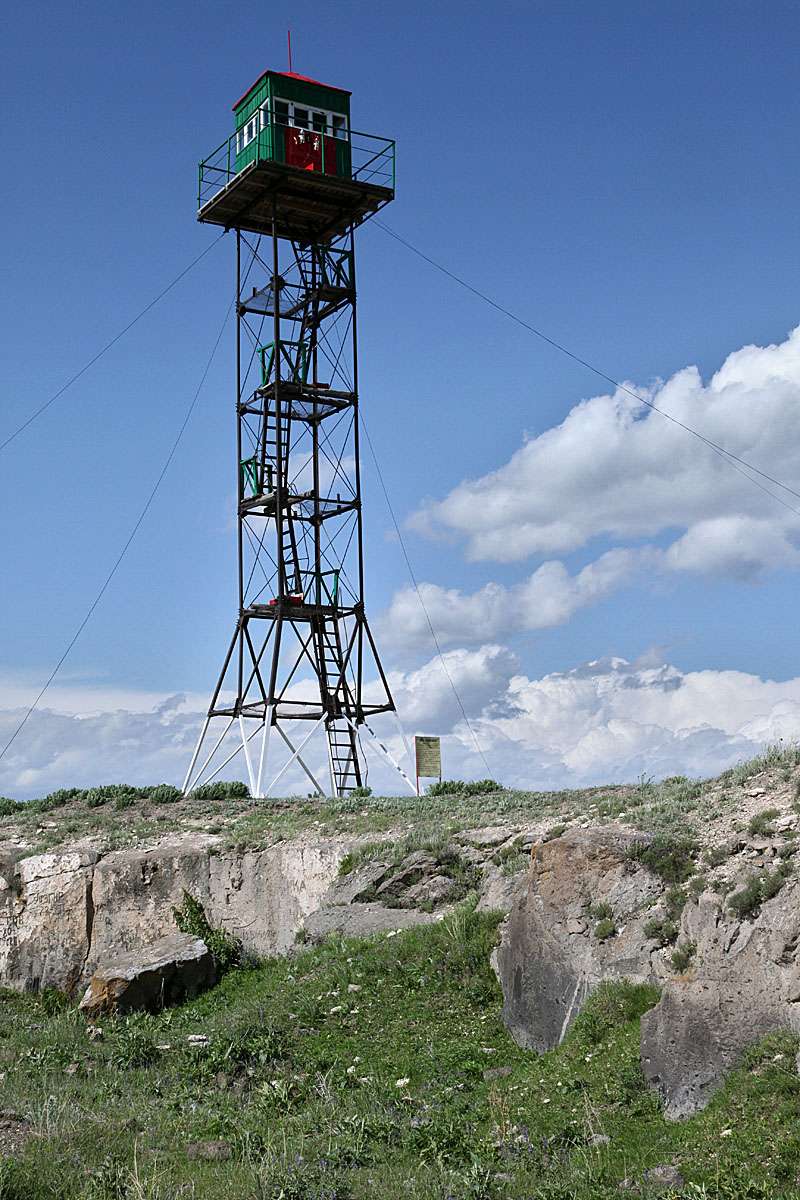
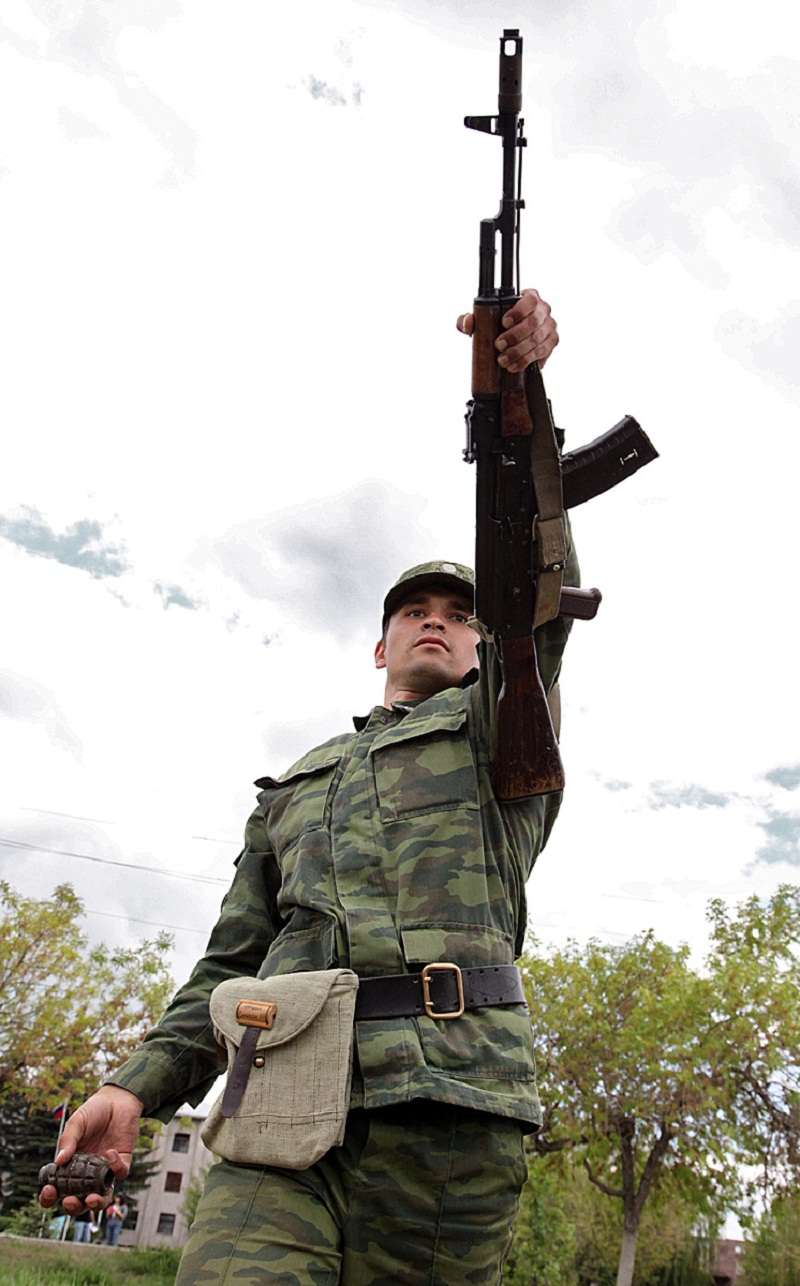
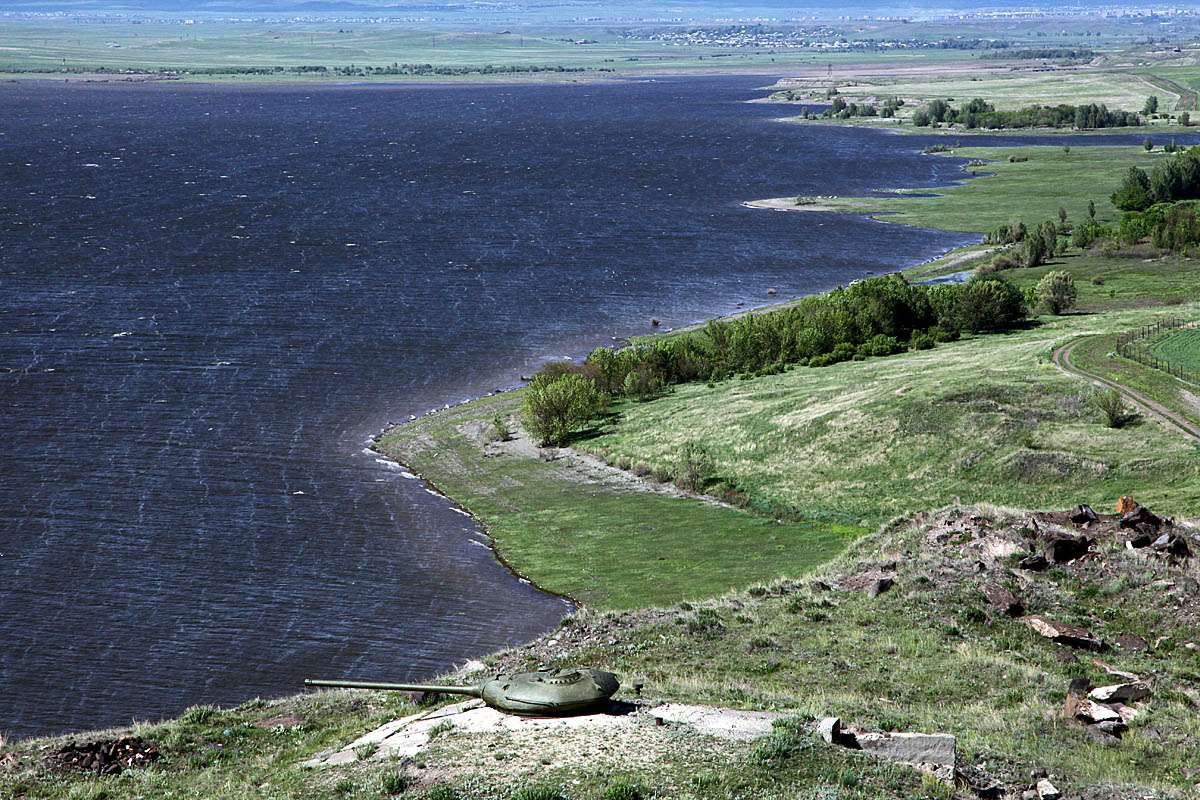
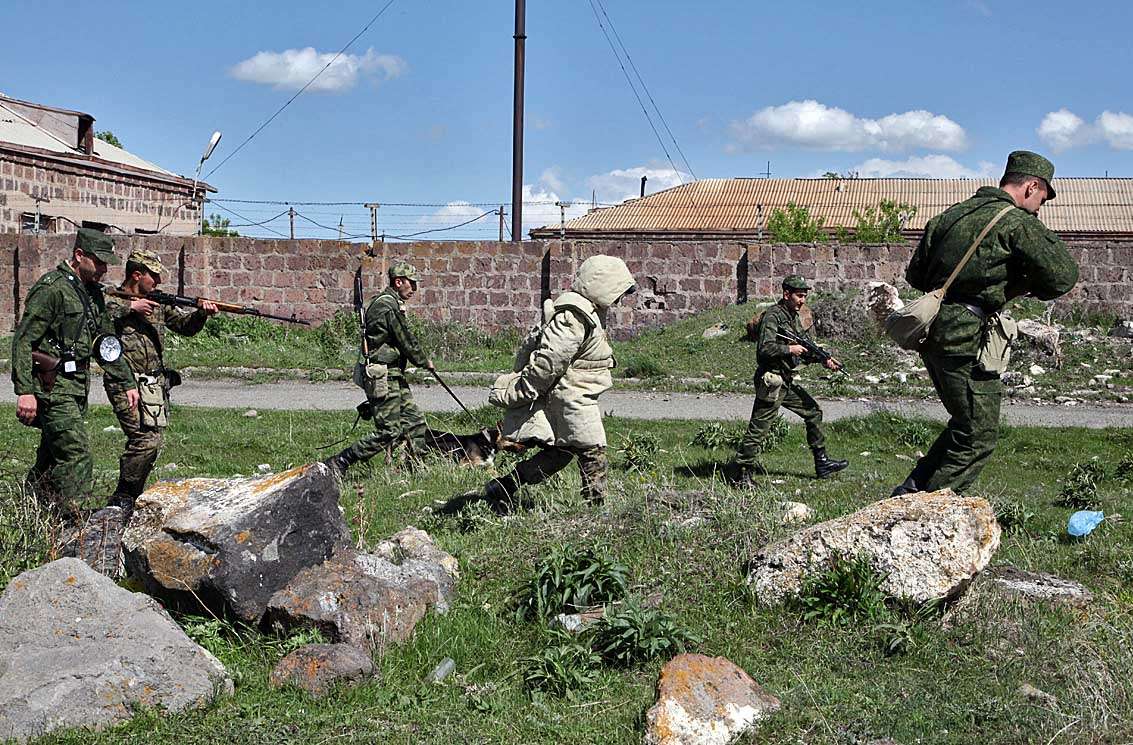
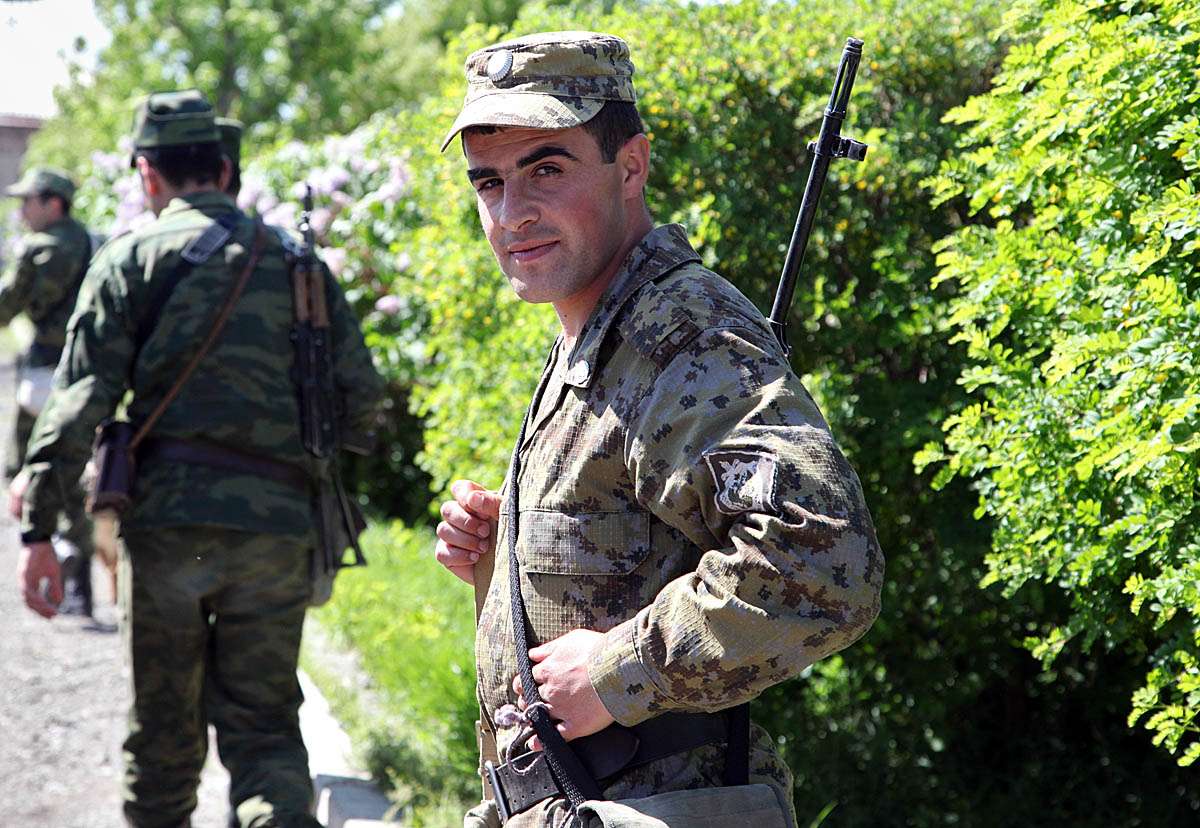
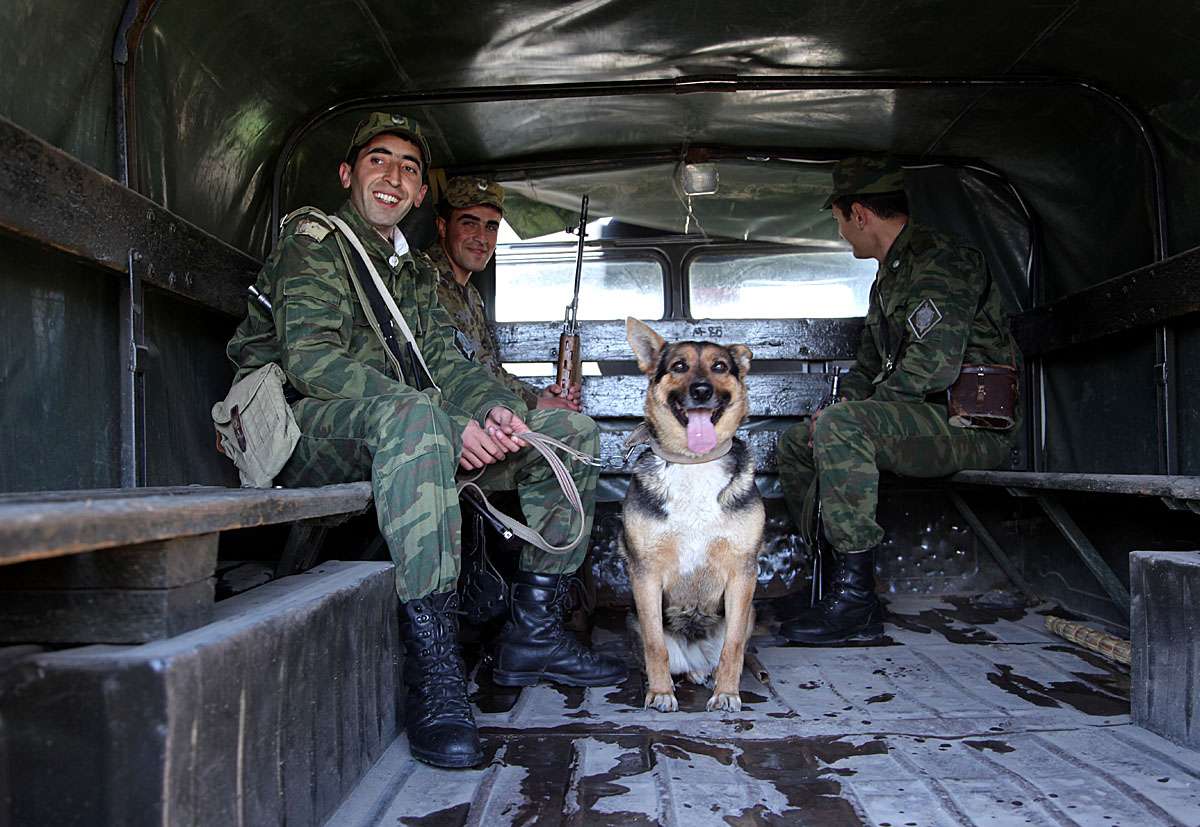
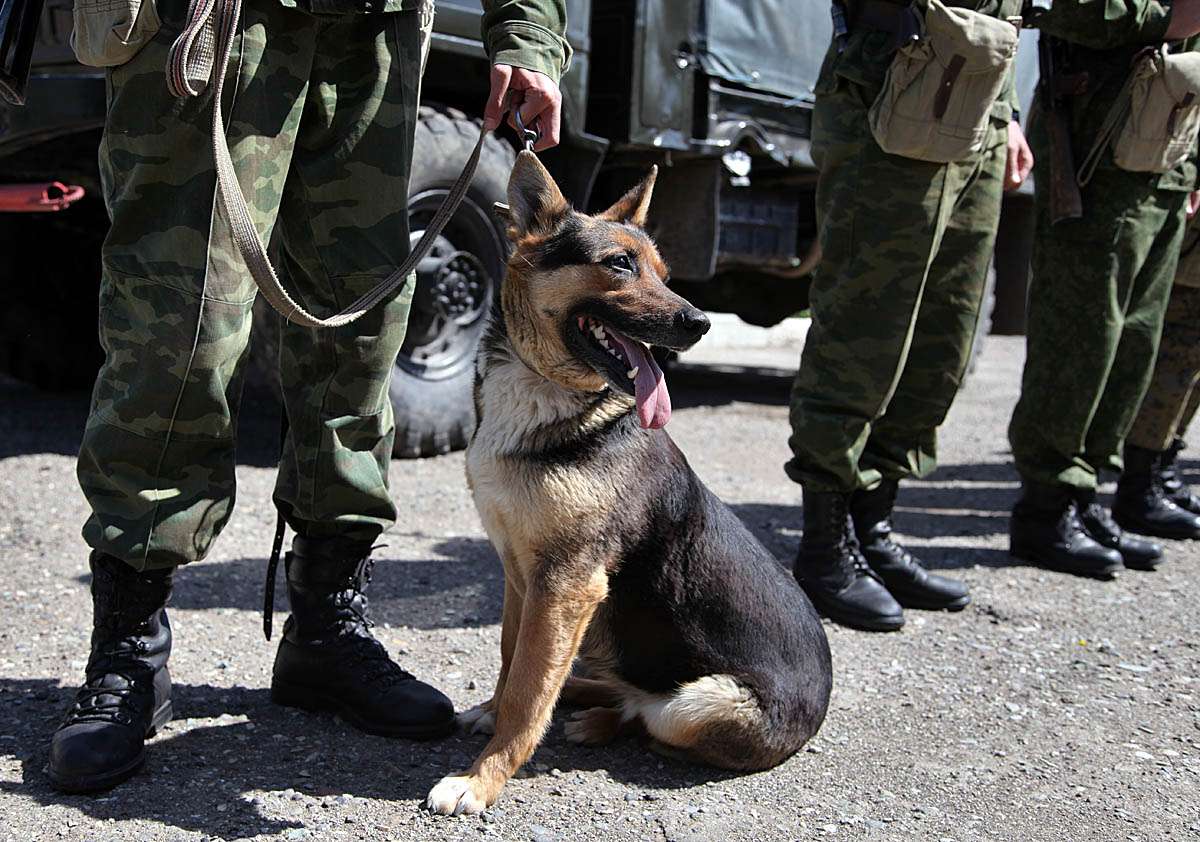

Comment